Review how arrays and multiplication facts are related with this whole-class Bingo game.
What’s an Array?
As students begin to extend their understanding of adding multiple numbers together, they may be ready to learn about representing these numbers with objects in a grid-like format. Starting in about year 2, they may be exposed to the new maths term, ‘array.’ So, what exactly is an array? Let’s break it down and make it easy for your students to understand!
In maths, an array is a set of objects or symbols organised into rows and columns. Arrays are often used as visual representations to understand how equal sets can come together to equal a product.
With multiplication, arrays are used to represent the product of two numbers. For example, if you want to multiply 2 by 8, you can create a 2×8 array, which consists of two rows and eight columns, and then count the total number of items in the array, which would be 16. This helps in visualising multiplication as repeated addition.
Multiplication With Arrays – Maths Game for Kids
Teach Starter has put together a whole-class bingo game to use with your year 2 and 3 students when teaching about arrays. This teacher-created resource includes 26 unique bingo boards and 24 calling cards.
To play the game, choose a calling card and read it to the students. Then, have them put a counter over the corresponding array on their game card. Remind students that the first number of a multiplication problem signifies the rows, and the second number is for the columns. For example, if the multiplication fact ‘5 x 6’ was called, this can be read as ‘five times six’ or ‘five rows of six.’
How to Get Your Maths Bingo Game
If you are ready for your students to have fun with this array game, head on over to the green download button! Here, you can find the quick-print PDF file or the editable Google Slides document. If you select the Google Slides option, you will be prompted to make a copy of the resource to your personal drive before accessing it.
Consider printing the gameboards and calling cards on thick card for durability. Cut apart the game cards and store them in an envelope or container.
Looking for Additional Array Activities?
Don’t stop there! We’ve got more activities and resources that cut down on lesson planning time:
[resource:5021308] [resource:4841727] [resource:4889270]
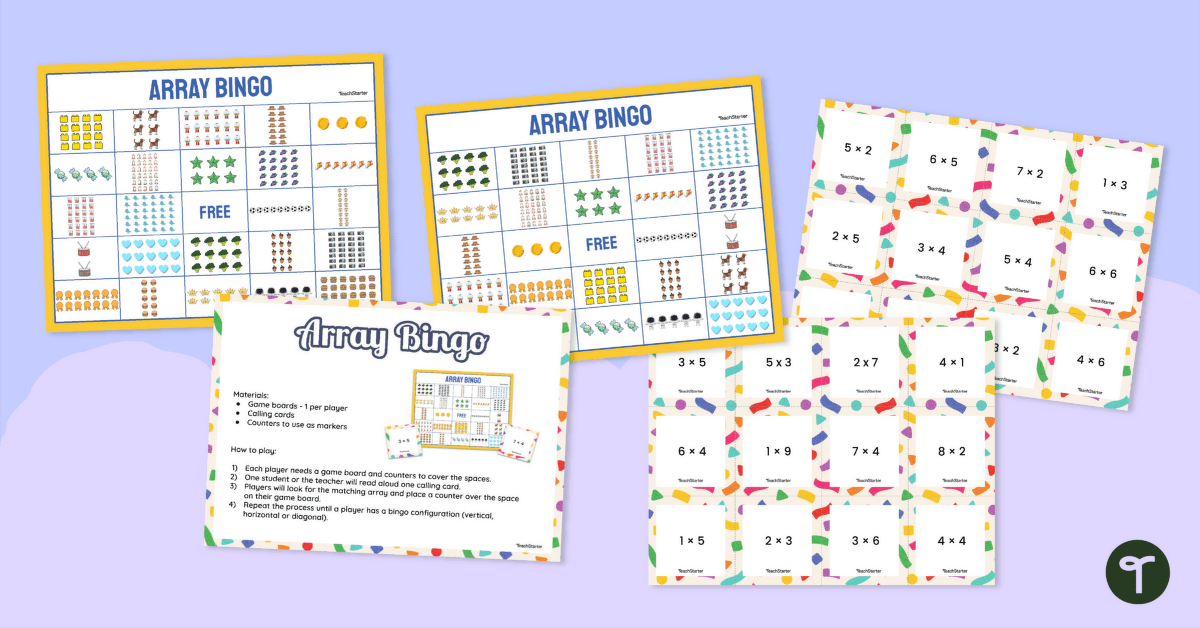


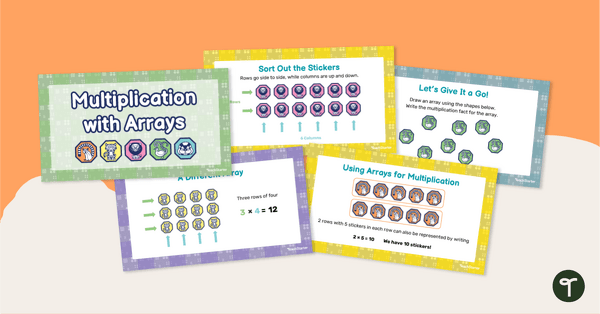
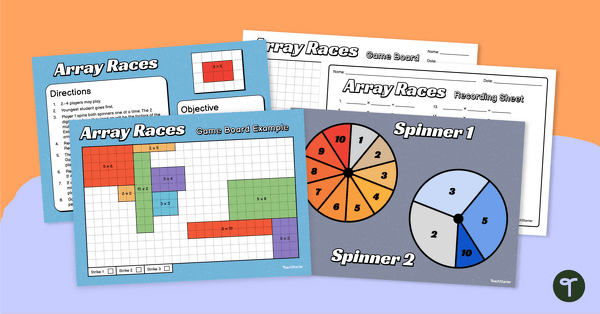
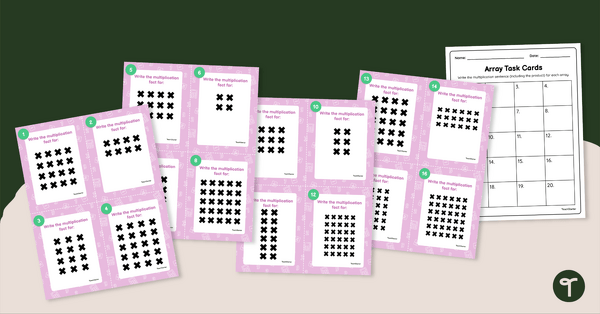
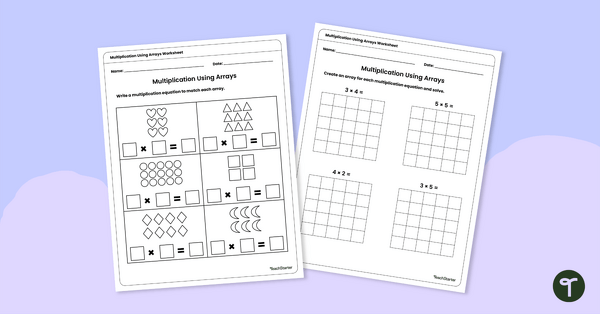
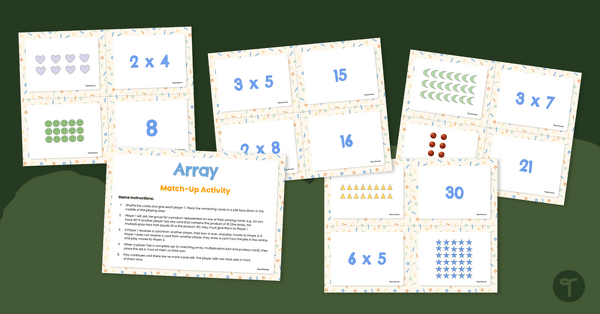
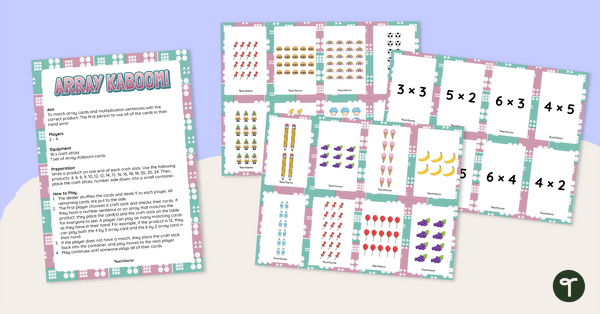
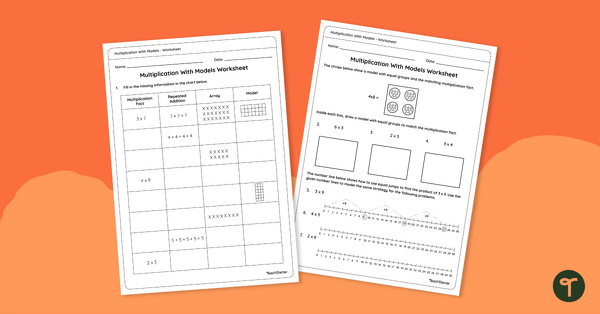
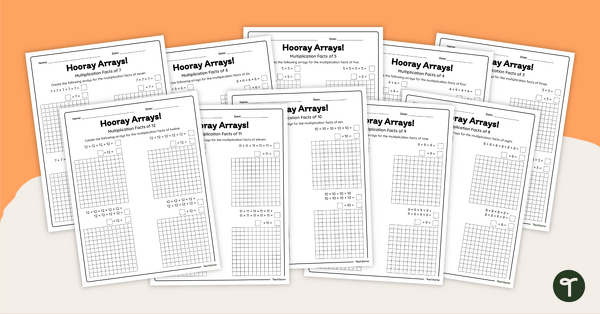

There are no calling cards in the PDF